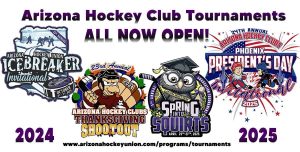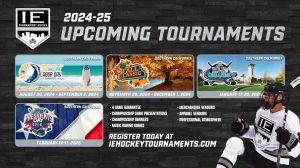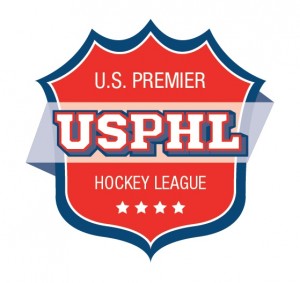From the Trainer’s Room: Off-ice training for goalies

Off-ice training plays a vital role in the development of hockey players.
USA Hockey follows the Long Term Athletic Development principles as the basis of their program. These principles will assist in creating a more consistent training regimen. Today’s training programs should not be based on how hard the program is, but what goals are in mind and are you progressing.
When training for a sport, the program should be devised with the following in mind:
• Is the program age-specific?
• Is the program based on meeting the demands of the sport which the athlete plays?
• Are proper techniques and mechanics being taught?
• Does the program include fundamental movements that progress to more complex ones?
• Does the program address injury prevention exercises that relate to the sport?
Now that we have covered some of the basics, here’s where it gets tricky.
Should a goalie train like a skater? They both play the same game, so can we train them the same off the ice? Let’s look at the movements each player will go through during a game. A forward predominantly skates forwards, weaving and turning as they skate up the ice. A defenseman will skate backwards more than the forwards during a game. Both will utilize a crossover step while turning as well. There is one main component that is similar with skaters — they mainly skate north and south in a linear pattern.
Now, let’s look at how a goalie moves. Their movement is more lateral in fashion, moving from post to post, not to mention dropping into a butterfly and getting back up on their skates quickly. It’s pretty obvious that the demands on a goalie are pretty different than a skater during a game. So if the demands are different, shouldn’t the training program be different? That’s not to say that there will not be a lot of crossover in the training program, but that there are certain aspects that need to be addressed. This isn’t always as easy as it sounds. Many teams train together and it can be difficult for the strength coach to modify the program for the goalies, but it should be noted and modified as much as possible.
Now that we have deciphered that the demands on a goalie are different than a skater and that their programs should also be different, what should be the focus of the program?
The program needs keep in mind the age and level of the athlete. Exercises that are good for one goalie may be too complex for another. Always begin simple, then as the athlete masters the exercise, make it more difficult. Adding resistance, placing the athlete on an unstable surface or making the movement more complex are all good examples of how to make the training more difficult.
Below are some of the basic principles that should be included in a goalie dryland program.
• Agility exercises that focus on lateral movement
• Plyometric exercises that focus on lateral movement
• Single leg and hip strengthening exercises
• Core stability
• Shoulder strengthening and stability exercises
• Hand-eye coordination
There is an unlimited amount of exercises that can be used with goalies that will improve performance on the ice. Using the principles previously mentioned, here are some key exercises that can be implemented into your goalie training program.
• Lateral lunges
• Lateral bounds
• Resisted shuffles
• Mini band exercises for hip strength
• Rear foot elevated split squats
• Medicine ball Russian twists
• Dumbbell forward, diagonal and lateral shoulder raises
• Dumbbell rows
• Alternate ball toss with partner
The way you train off the ice directly impacts the way you perform on the ice. Take a step by step approach with long term athletic development in mind. Have goals in mind with proper technique and progression as the basis of your program to maximize performance and limit injuries.
Chris Phillips is a certified athletic trainer and strength and conditioning specialist with over 30 years’ experience in professional sports. Chris spent eight years in the NHL with the Mighty Ducks of Anaheim and the Washington Capitals. He was a member of the 2003 Mighty Ducks Stanley Cup finalists and now owns and operates Compete Sports Performance and Rehab with three locations in Orange County, Calif. Chris can be contacted via email or through the Compete website.
(April 12, 2023)










